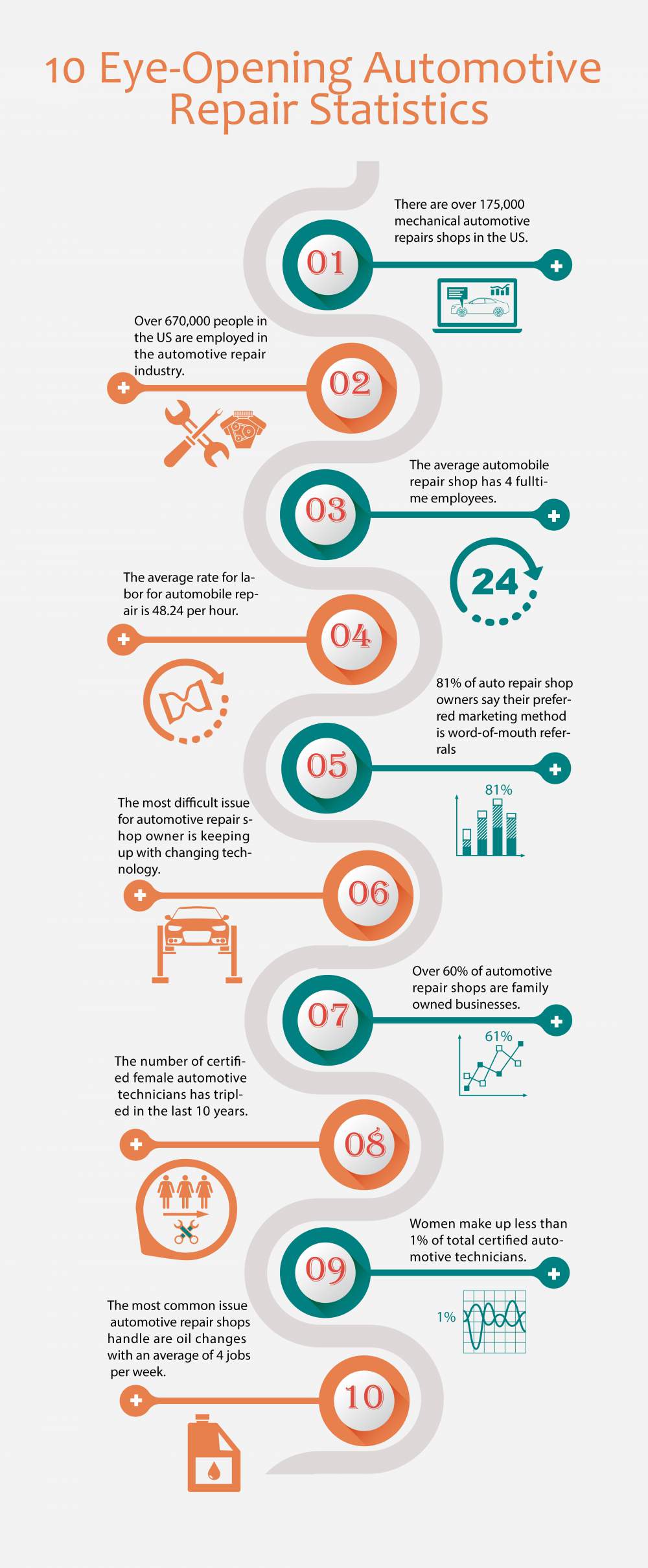Interpreting Your Auto'S Alert Lighting: Their Real Ramifications
Interpreting Your Auto'S Alert Lighting: Their Real Ramifications
Blog Article
Article Composed By-Boye Stark
When you're behind the wheel, those glowing caution lights on your dashboard can be a little bit bewildering. Do you understand what they're attempting to inform you concerning your car's wellness? Comprehending the value of these lights is essential for your safety and security and the durability of your vehicle. So, the following time among those lights pops up, would not you want to decipher its message properly and take the essential actions to resolve it?
Common Caution Lighting and Interpretations
Determine common warning lights in your automobile and recognize their meanings to make sure secure driving.
The most common warning lights consist of the check engine light, which indicates problems with the engine or discharges system. If this light begins, it's essential to have your vehicle examined promptly.
The oil pressure alerting light shows reduced oil stress, requiring prompt focus to stop engine damages.
A blinking battery light may suggest a damaged billing system, potentially leaving you stranded otherwise resolved.
The tire pressure tracking system (TPMS) light alerts you to low tire pressure, impacting lorry stability and fuel effectiveness. Overlooking this might lead to hazardous driving conditions.
The abdominal muscle light indicates an issue with the anti-lock braking system, jeopardizing your ability to quit swiftly in emergencies.
Lastly, the coolant temperature warning light warns of engine getting too hot, which can lead to serious damages if not dealt with quickly.
Recognizing these typical caution lights will assist you attend to problems without delay and maintain safe driving conditions.
Significance of Prompt Attention
Comprehending the usual warning lights in your cars and truck is only the first step; the significance of promptly attending to these warnings can't be highlighted sufficient to guarantee your safety when driving.
When a warning light brightens on your control panel, it's your car's way of communicating a potential problem that needs focus. Ignoring these cautions can lead to a lot more serious issues in the future, compromising your safety and security and potentially costing you a lot more in repairs.
Trigger interest to cautioning lights can protect against break downs and crashes. For instance, a flashing check engine light can suggest a misfire that, if left neglected, could trigger damage to the catalytic converter. Addressing this quickly can conserve you from a costly repair service.
Similarly, a brake system cautioning light may signify low brake fluid or used brake pads, important components for your security when driving.
DIY Troubleshooting Tips
If you notice a caution light on your dashboard, there are a few do it yourself troubleshooting pointers you can attempt before seeking specialist assistance.
The initial step is to consult your auto's guidebook to recognize what the certain warning light shows. Occasionally the issue can be as straightforward as a loose gas cap triggering the check engine light. Tightening https://brakepads51728.blogofchange.com/32659404/just-how-to-choose-the-right-auto-outlining-service-for-your-requirements might settle the issue.
read full article is a low battery, which can trigger different alerting lights. Inspecting the battery links for corrosion and ensuring they're safe might deal with the trouble.
If a warning light lingers, you can try resetting it by disconnecting the automobile's battery for a couple of mins and afterwards reconnecting it. In addition, checking your automobile's fluid degrees, such as oil, coolant, and brake liquid, can help fix cautioning lights associated with these systems.
https://ecu-tuning39517.theisblog.com/32309121/how-to-pick-the-right-automobile-describing-solution-for-your-demands
In conclusion, understanding your auto's warning lights is essential for keeping your lorry running efficiently and securely. By promptly dealing with these signals and understanding what they mean, you can avoid costly fixings and prospective breakdowns.
Remember to consult https://www.forbes.com/wheels/accessories/best-paintless-dent-repair-kits/ for certain details on each advising light and do something about it as necessary to guarantee a hassle-free driving experience.
Keep informed, stay risk-free when traveling!
